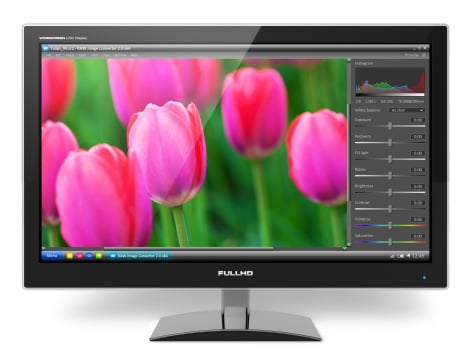Introduction: What is a TFT Display?
A TFT display is a thin-film transistor liquid crystal display. It's a type of flat panel display that can be found in televisions, computer monitors, and other consumer electronics. The acronym TFT stands for thin-film transistor, which is the component that actually controls each pixel on the display. TFT displays are typically used in larger screens, such as televisions and computer monitors. They're also commonly found in cellphones, tablets, and other portable electronics.
Different Types of TFT Displays
There are three different types of TFT displays: twisted nematic (TN), in-plane switching (IPS), and vertical alignment (VA). TN displays are the cheapest, but also the worst quality of the three. IPS displays offer great viewing angles and color accuracy, but they can't offer as high resolutions as VA panels. VA displays offer better viewing angles and color accuracy than IPS, but they can't offer as high resolutions as TN panels.
Advantages and Disadvantages of Using a TFT Display
A TFT display is a type of flat panel display that is used to project visual content. The TFT display can be found in many devices including televisions, computer monitors, and tablets. There are many advantages and disadvantages to using a TFT display. The advantages of using a TFT display are that they are thin and lightweight, and they consume less power than other types of displays. The disadvantages of using a TFT display are that they cannot be used with polarized light, and they cannot be easily adjusted to show colors in different hues, which can make them difficult to use for color-critical applications. A liquid crystal display (LCD) is a type of flat panel display that uses the properties of liquid crystals to change the light's polarization before it passes through a thin film of liquid crystal. LCDs can be found in televisions, computer monitors, and tablets. The advantages of using an LCD are that they can be used with polarized light, and they have a wide range of colors that can easily be adjusted to show different hues. The disadvantages of using an LCD are that they require backlighting to create contrast, which makes them heavier than other types of displays.
Contact a member of the NISIN right away for more details on our printing services.

